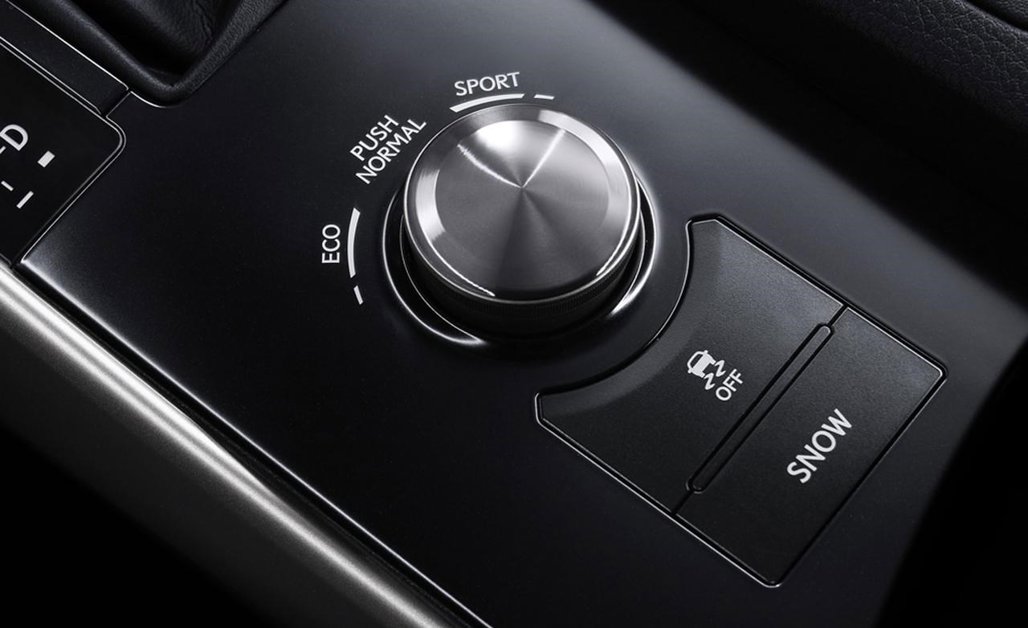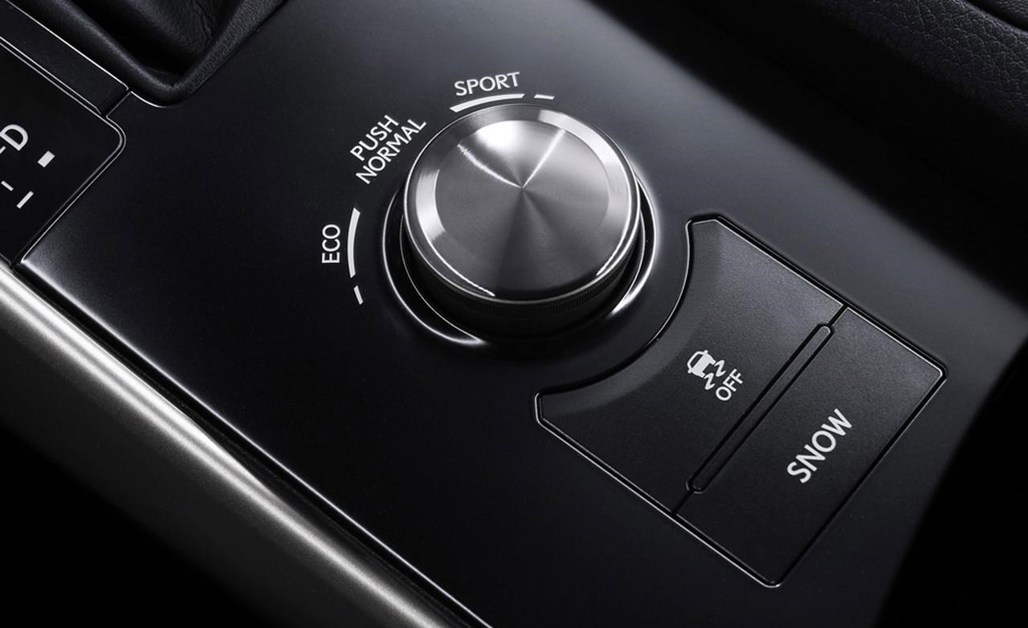Electronic stability control (ESC) is a low-cost, crash-prevention system that kicks in to assist the driver when there is a lack of traction, reducing the risk of the vehicle skidding or losing control.
It’s sometimes referred to as electronic stability program (ESP), vehicle dynamic control (VDC) and dynamic stability control (DSC).
The difference between ESC and traction control
ESC is similar to (and often confused with) traction control (TC) but the way it operates is different.
ESC uses data from sensors around the vehicle, including the wheel speed and steering wheel sensors, to detect the driver’s input and to determine if the vehicle starts to veer off its path. The anti-lock braking system is then applied to one, or all of the wheels, to keep the car pointed in the direction you want.
The system may also cut the engine power in order to keep the vehicle in control.
Although there are limits to what it can achieve, ESC is extremely effective in assisting the driver to regain control of a vehicle during skidding.
Traction control, on the other hand, limits wheel spin during acceleration and, when it does detect a slip, the anti-lock braking system is applied to the drive wheels only.
Similarly to stability control though, TC can also cut the engine power if you get overzealous with the throttle.
Increasing requirements for vehicle safety
In New Zealand, the motor industry regards ESC as one of the minimum safety requirements
that all new vehicles should be equipped with.
In 2008, the Australasian New Car Assessment Programme (Ancap) made ESC a mandatory requirement for a five-star safety rating and, as expectations for new safety systems have since increased, it has raised the bar making it a prerequisite for a two-star safety rating, too.
In July 2014, changes were also made to the Land Transport rule “Light-vehicle brakes 2002” in relation to vehicles entering New Zealand from overseas.
Currently the New Zealand Transport Agency requires that some vehicle classes must have ESC:
■ All new light passenger and goods vehicles certified for entry into service from July 1, 2015
■ Used class MC vehicles (four-wheel-drive SUVs and off-road vehicles) inspected at the NZ border from March 1, 2016.
This requirement will extend further soon with the same rules applying to:
■ Used class MA vehicles (passenger cars) with an engine capacity greater than 2 litres from March 1, 2018
■ All other used class MA, MB (a forward control passenger vehicle) and NA (goods vans and utes) light passenger and goods vehicles inspected at the NZ border from March 1, 2020
Exempt from these requirements are specialist vehicles such as vintage, motorsport and scratch-built cars, and this is consistent with other Land Transport Rules. However, if your current vehicle doesn’t already have ESC, the chances are that your next one probably will.
If you do own a car that’s fitted with ESC, no matter where it’s been imported from, the system must function in order to pass its regular WoF inspections.
Does my car have ESC?
An icon on the car’s dashboard featuring a silhouette of a vehicle with irregular skid marks beneath the wheels represents the ESC crash prevention system.
This illuminates when the ignition is turned on during the self-check process and, if the light doesn’t go out, there may be a fault.
If you’re unsure about whether your vehicle is equipped with ESC, consult your vehicle’s handbook, or visit your manufacturer representative for information.

